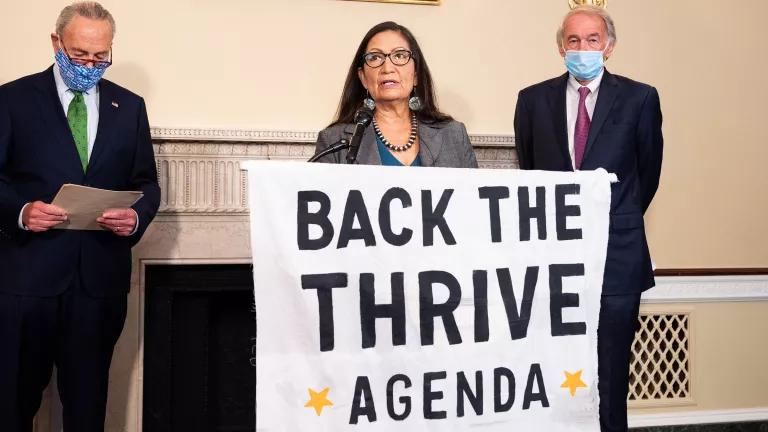Coal’s War on Wildlife
Wildlife Bears the Burden of Big Coal’s Failure to Reclaim Western Lands
The American West is home to an impressive array of native wildlife. Pronghorn graze the sunny, open grasslands; elk silently wander dense winter forests; sage-grouse strut across vast expanses of sagebrush; grizzly bears roam the valleys and mountaintops; and trout fill the blue ribbon streams and rivers. These same rugged and wild Western landscapes, however, also house millions of tons of coal deep underground. And, unfortunately, as has been the case all too often in the West, our beloved lands are being sacrificed to dirty energy industries at the expense of wildlife and their habitat.
Safeguarding Western wildlife and ecosystems from the dangers and destruction of coal mining was a need foreseen by lawmakers decades ago. In 1977, Congress enacted the federal Surface Mining Control and Reclamation Act (SMCRA) to ensure that coal mining operations are designed and operated to protect land, water, wildlife, and local communities. SMCRA also dictates that coal mines are to be reclaimed in a complete and timely fashion so that mined lands can return to their pre-mining uses (e.g., wildlife habitat).
But coal companies have fallen far behind in reclaiming mined lands, and, with the coal industry on shaky financial ground, the public faces increasing liability for massive reclamation costs of more than $3.5 billion as well as damage to landscapes, wildlife, and crucial water supplies.



